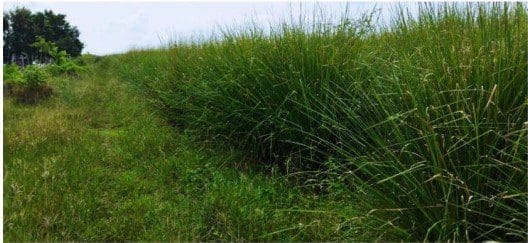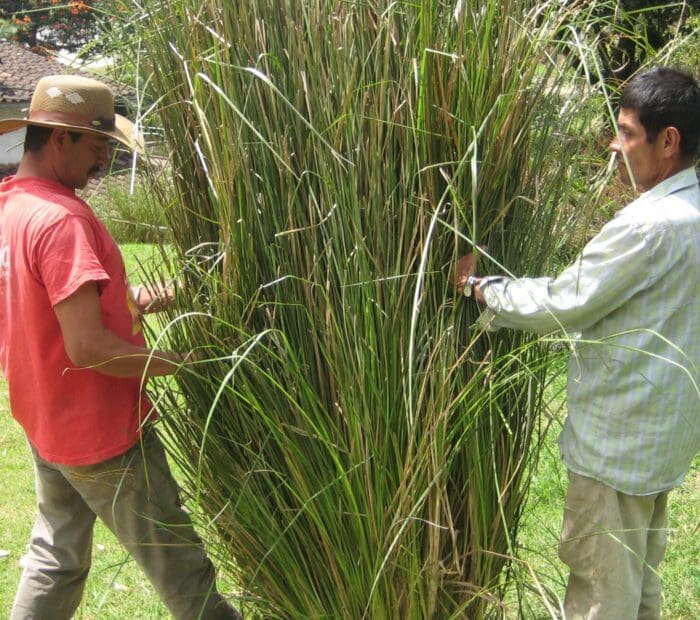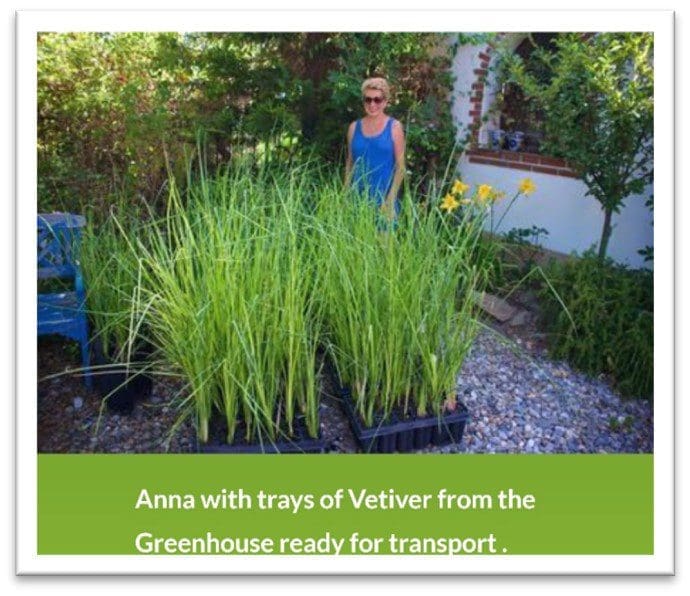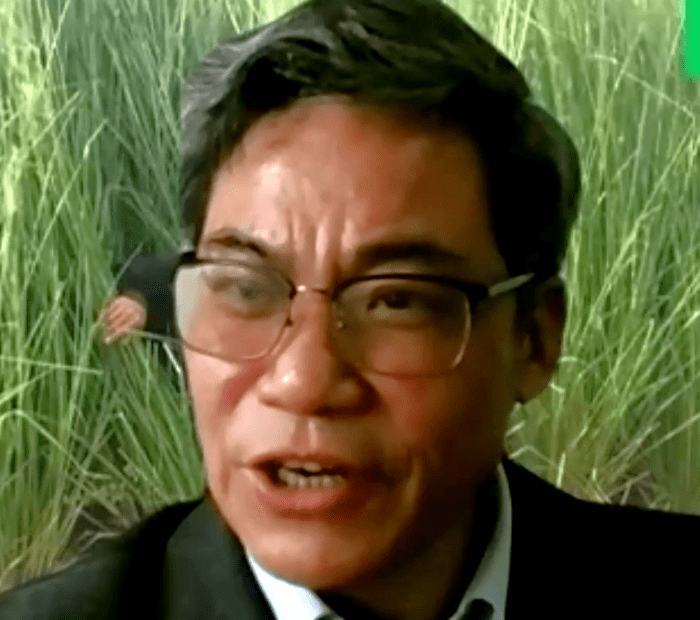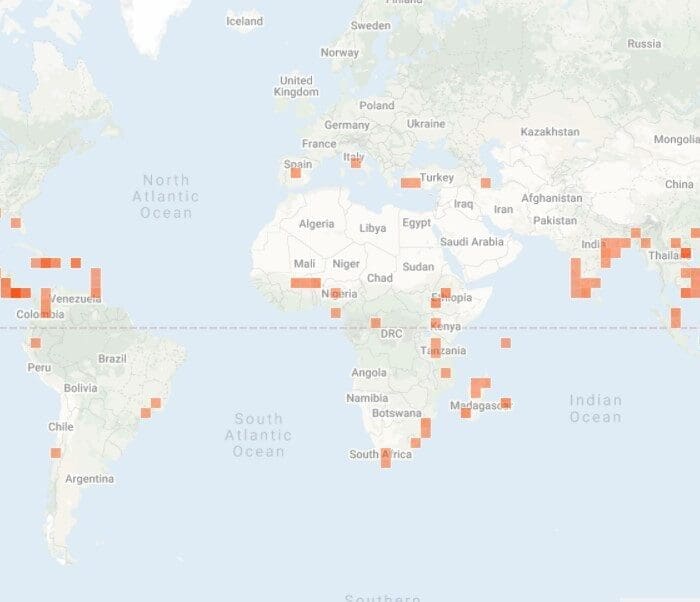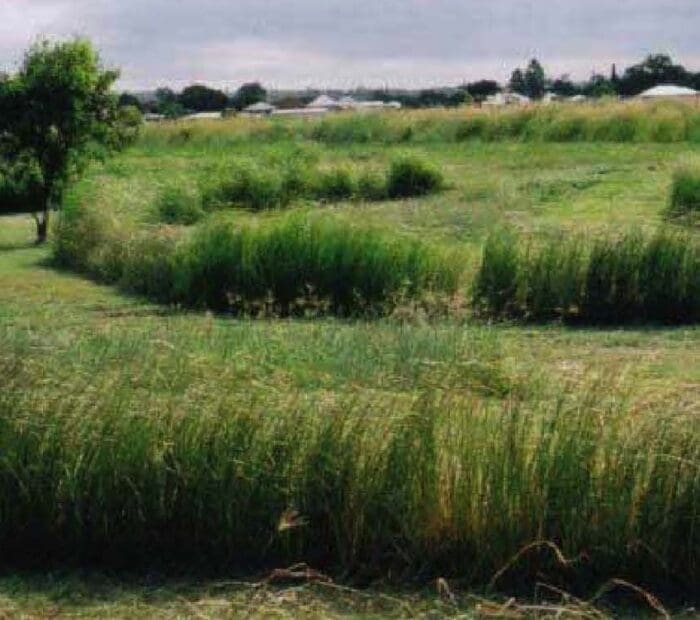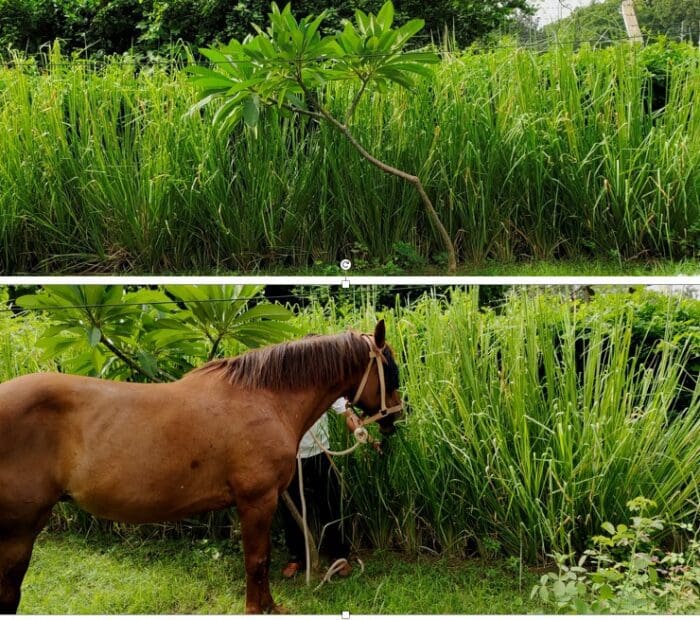Vetivernews #1 – Vetiver and Climate Change — A newsletter from Colombia
Claudio Ruben Daza Jimenez and his company, VetiverCol, have been working with the Vetiver System for many years and is an important and well proven vetiver business in Colombia. We encourage vetiver based companies to share their work, experience and…
